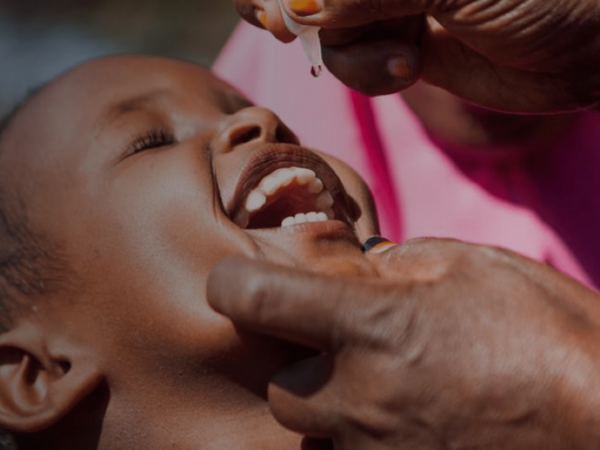A communication strategy that targets everyone can never reach its goal. There will always be sub-groups with specific concerns, challenging situations, and different cultures and health-seeking behaviours that we must consider and focus on, depending on the epidemiological priority. Particularly as we hone in on the last 1%, focusing on the highest risk groups is critical.
Segmenting the audience is the first step in ensuring we communicate the right messages to the right people. The overall audience is divided into target groups, based on criteria that affect how we must communicate with the group's members in order to be effective. Consider the following to segment your audience:
-
Are any audiences more difficult to reach?
-
Do they have concerns or oppositional views about vaccination?
-
Are any audience members at greater risk?
-
Are there particular channels or methods of communication unique to this audience?
Each audience segment has a unique mindset: a combination of fundamental attitudes and beliefs that affect decisions around vaccination. Each segment also has a journey: this describes the context of communications within the audience members' lives -- before, during, and after the moment of contact with a health worker.
By understanding both mindsets and journeys, we can quickly represent the range of people our communications must address within a campaign effort. To follow are the key steps in the process of segmentation, as well as a series of useful tools.
Segmentation Key Steps
- Develop Audience Profile
- Audience Analysis
Learn More
Explore the other two learning modules in this 3-step tutorial to design evidence-driven communication strategies to help vaccinate every child.
Integrate communications tactics and understand their strengths and weaknesses, then evaluate performance.
You cannot do everything and your ability to prioritize your interventions and target behaviours is paramount. One simple way to do this is to evaluate importance of the behavior and its changeability.



